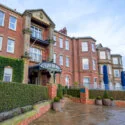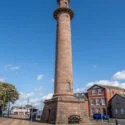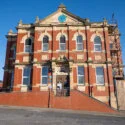The building now known as the Queens Promenade Apartments in Blackpool was originally constructed as the Miners’ Convalescent Home between 1925 and 1927. Designed by the architectural firm Bradshaw, Gass and Hope, the home was opened on 28 June 1927 by the Prince of Wales, later to become King Edward VIII.
Built in the Baroque Revival style, the structure is an imposing and distinctive example of early 20th-century architecture. The design features grand, classical detailing, with bold façades and intricate stonework that reflect the architectural trends of the period. The building’s monumental scale and decorative elements were intended to convey the importance of the institution it housed, as well as to provide a sense of dignity and comfort for its occupants.
The Miners’ Convalescent Home was part of a wider movement during the late 19th and early 20th centuries to establish convalescent homes and sanitaria in coastal areas. It was believed that the fresh sea air and mild climate of places like Blackpool could aid in the recovery of people suffering from ailments such as tuberculosis, respiratory conditions, and general exhaustion. These homes were primarily intended for workers who had suffered long-term ill health, particularly in industrial and mining communities, providing a retreat for rest and recuperation.
The building was designed to cater to the needs of the miners and their families, offering a place of respite and recovery. It played an important social role for many years, providing much-needed care for those who had contributed to the country’s industrial economy. However, over time, the demand for such facilities declined, and the building eventually ceased to function as a convalescent home.
In the years following its closure as a convalescent home, the building underwent a significant transformation. It was converted into luxury apartments, retaining many of its original architectural features, while being adapted for modern living. The structure’s historical significance remains, as it serves as a reminder of the social and architectural history of Blackpool, as well as the efforts to improve public health and wellbeing during the early 20th century.

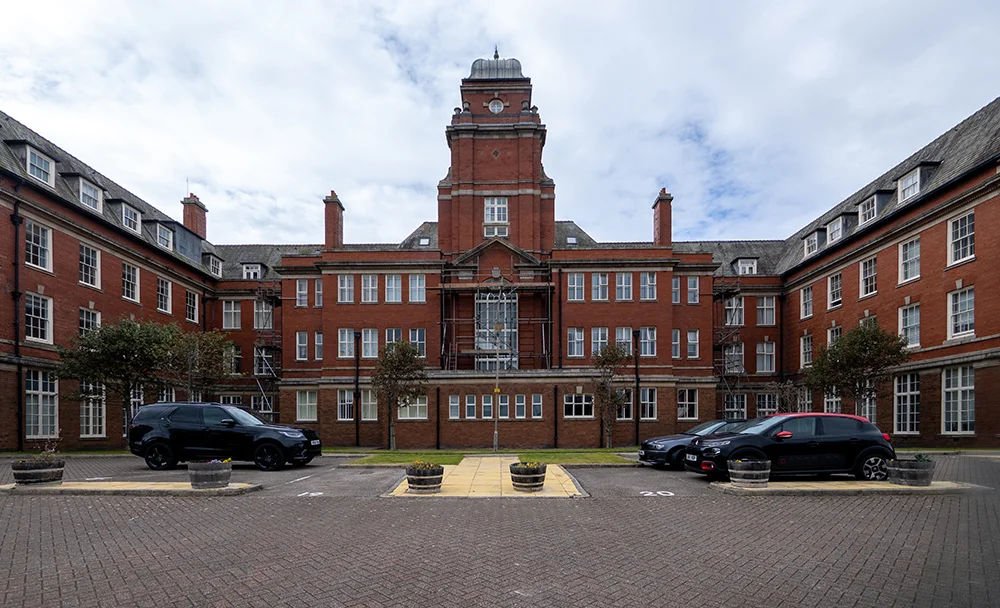
The Miners’ Home looks good from the other side too.
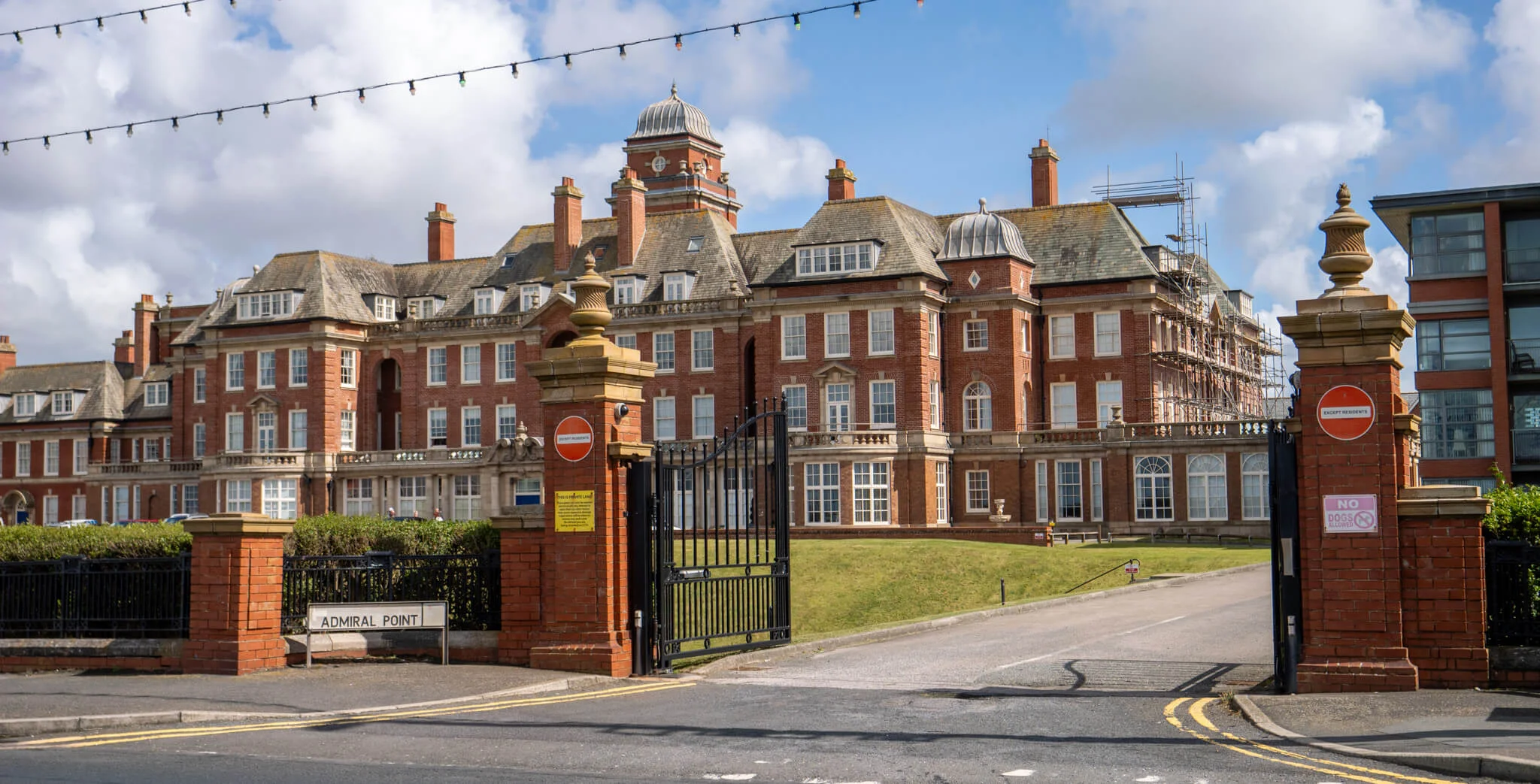
Featured Image © Deeper Blue Marketing & Design Ltd
Text source: Historic England’swebsite
Images by © Deeper Blue Marketing & Design Ltd



